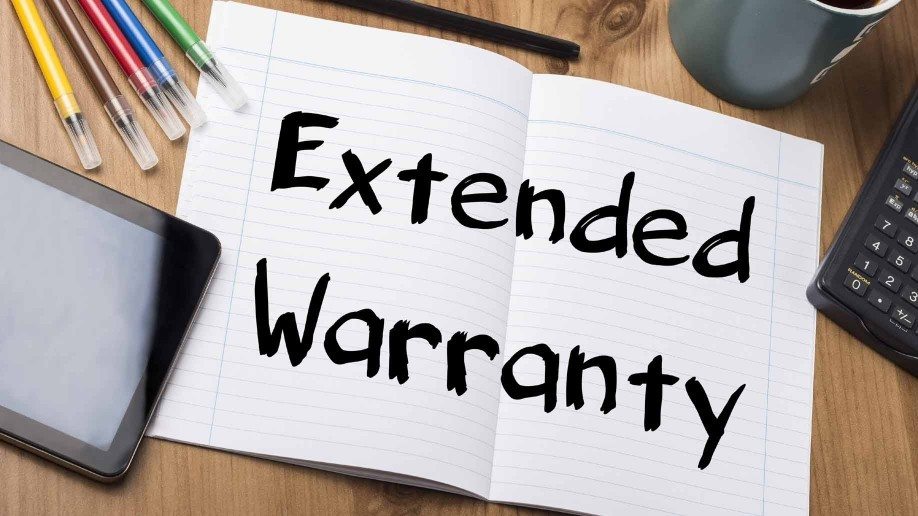
“Would you like the AppleCare Protection Plan for your computer?” asked the salesman. I had just purchased a new 27-inch iMac at my local Apple store. The plan, available for $169, would extend the manufacturer’s warranty from one to three years and would include technical support, as needed. The cost seemed reasonable, especially since I was spending more than $2,000 for the iMac. I had to ask myself, “Will I need the extra protection?”
How Extended Warranties Work
An extended warranty is an agreement or contract to repair, replace, or maintain an identified vehicle, residential or other property due to operational or structural failure from a defect in materials, workmanship, and, in some cases, normal wear and tear. It is generally sold as an add-on product, and covers a specific duration of time in return for the premium paid. Extended warranties sometimes offer additional service options or more flexible terms than the manufacturer’s original warranty.
While appearing to be a type of insurance, the National Association of Insurance Commissioners ruled in 1995 that extended warranties were not insurance, but extended service contracts. While the extended warranty industry has been regulated by various state insurance boards, the Consumer Financial Protection Bureau (established under the Dodd-Frank Wall Street Reform and Consumer Protection Act in 2010) is expected by many in the industry to replace the various state regulators for a more consistent approach.
Parties to an Extended Warranty Contract
The sale and administration of an extended warranty or service contract requires a combination of separate functions, although a single entity may perform several in some cases. Parties include:
- Purchaser/Owner. The person or entity who purchases the extended warranty and is entitled to its benefits, subject to contractual conditions.
- Principal/Obligor. The entity that assumes the risk in the contract and is financially responsible for the costs of repair, replacement, or maintenance. Some principals self-insure (keep the risk), while others purchase third-party insurance to reduce a portion (or all) of the risk.
<;i>Service Contract Provider. The entity that actually delivers the warranty services – i.e., repair or replacement of the damaged product – to the purchaser of the extended warranty. This can be an unrelated third-party, manufacturer, distributor, or retailer of the product.

